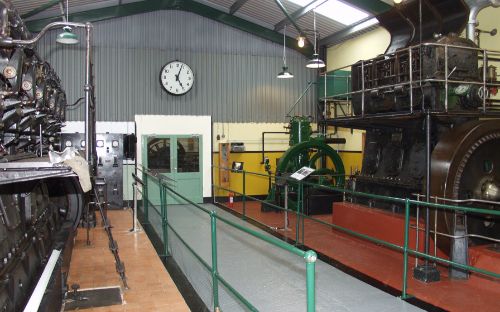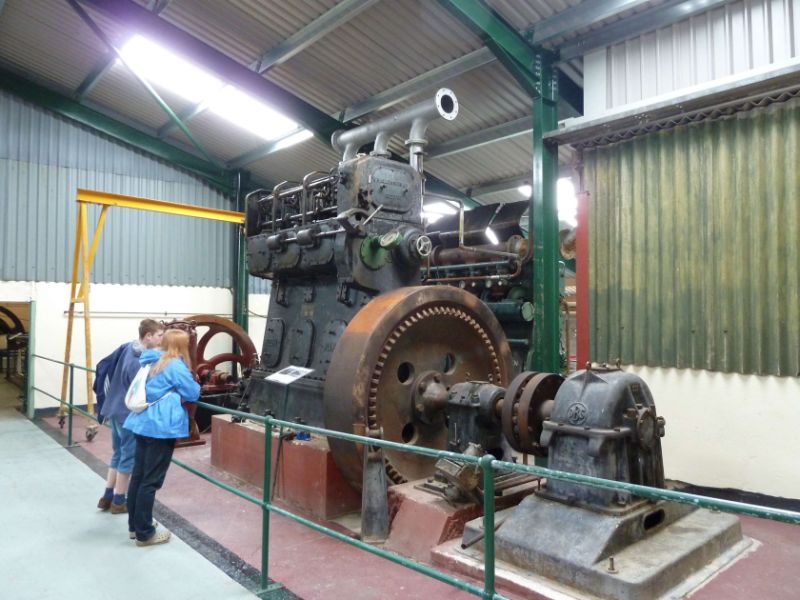Internal Fire, Museum of Power and its collection
The Internal Fire Museum of Power, located in West Wales, is a unique museum dedicated to the preservation and display of internal combustion engines. This museum is a great destination for those interested in the history and mechanics of these engines, offering a comprehensive collection of larger stationary diesel engines, many of which have been restored to working order.
Location of the Museum
The Internal Fire Museum of Power is conveniently located at Tan-y-groes, Ceredigion, near Cardigan. This location makes it easily accessible for tourists visiting the area. The museum's location also offers a beautiful backdrop for the unique collection of engines it houses.
Operational Engines at the Museum
One of the unique features of the Internal Fire Museum of Power is that several of the engines are in operation when the museum is open. This provides visitors with a rare opportunity to see these historic engines in action, adding an interactive element to the museum experience.
Science & Technology History & Anthropology Industrial heritage





















